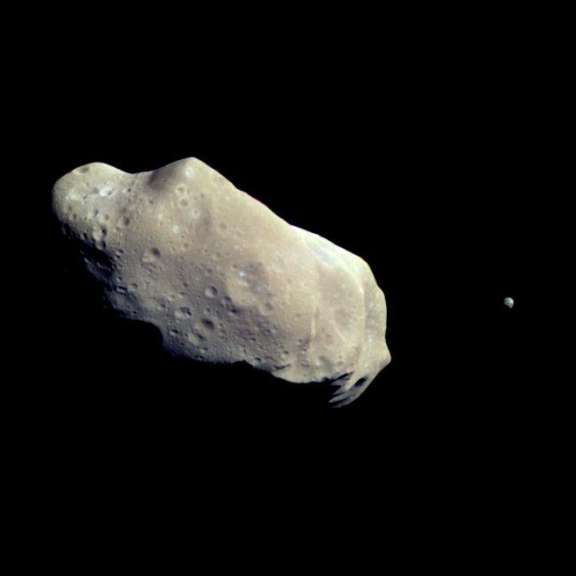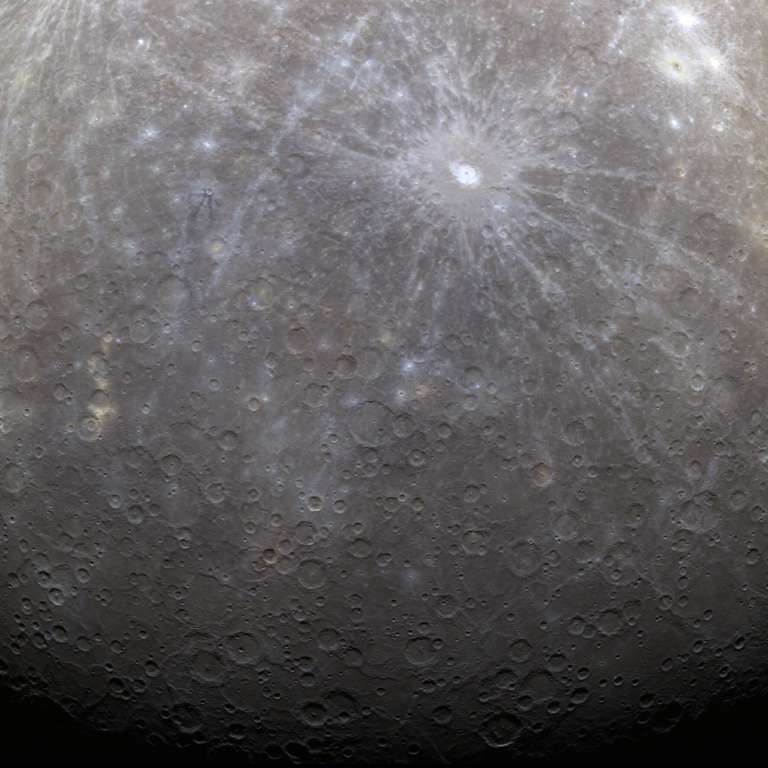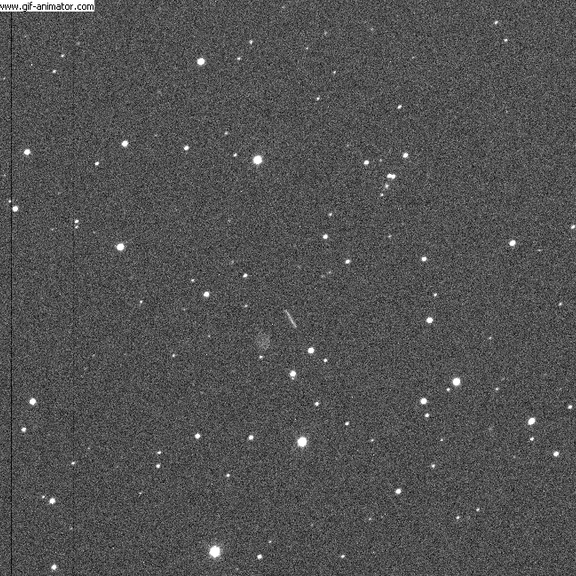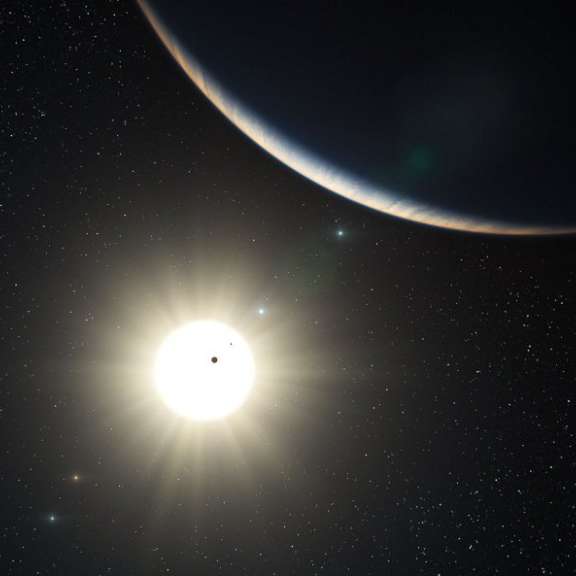All
All
Stories, updates, insights, and original analysis from The Planetary Society.
Observing at the WIYN
On May 5 and 6, I had a run on the WIYN (Wisconsin-Indiana-Yale-NOAO) telescope, a 3.5 m telescope, the second largest telescope on Kitt Peak in Arizona.
South of the Border
The last decade has seen an explosion in our understanding of the solar system with the discovery of the largest Kuiper belt objects (KBOs) of comparable size to Pluto.
So far, no moons found at Ceres or Vesta
Since the Galileo mission discovered tiny Dactyl circling Ida in 1993, quite a lot of asteroid systems have been found to be binary; there are even a few triples. So it's quite reasonable to guess that two of the biggest asteroids, Ceres and Vesta, might also have satellites.
Welcome to Carnival of Space #191
Welcome, everyone, to the Planetary Society Blog for the 191st Carnival of Space! Every week, a different webmaster or blogger hosts the Carnival, showcasing articles written on the topic of space.
Checking in on Jupiter: the belt is coming back
Since it's been several months since I last took a look at Jupiter, I thought it was time to see what's up with the South Equatorial Belt.
A dog-bone-shaped asteroid's two moons: Kleopatra, Cleoselene, and Alexhelios
Asteroid (216) Kleopatra has been interesting to astronomers for a long time because its brightness is highly variable, but it seems to get more interesting every time somebody looks at it with a new instrument. This week a paper was published in Icarus revealed that it's 30 to 50% empty space.
Close approach to Earth turns Apollo into Aten
Last week we got buzzed by a very small asteroid, something that happens fairly often. But there were several details that made the close approach of asteroid 2011 CQ1 worthy of note.
Jupiter's outbreak is spreading
Jupiter, always a pretty sight in the sky, is now worth visiting every day; the
The Disturbance is Starting
Jupiter's faded belt may be coming back.
DPS 2010: Pluto and Charon opposition surges, Nix and Hydra masses, Pluto and Eris compositions
An awful lot of the talks in the Pluto session on Tuesday morning, October 5, at the Division of Planetary Sciences meeting spent more time focusing on how bad weather conditions were during the astronomers' attempts to view Pluto as it occulted background stars than they did on any measurements or science that came out from the data.
Early warning for close approaches of two house-sized asteroids
Most of you have probably heard by now of two small asteroids, both in the neighborhood of 10 meters in diameter, recently discovered on trajectories that pass unusually close to Earth.
From the Ground and from Space, New Planetary Systems Unveiled
Two nearly simultaneous announcements by scientists that they have detected entire planetary system deep in space have set the astronomical community abuzz.
The August 20, 2010 Jupiter fireball -- and the March 5, 1979 one
Following up on the story I first posted on August 22, the Jupiter impact fireball first noticed by Japanese amateur astronomer Masayuki Tachikawa has been independently confirmed by two other Japanese astronomers.
Yet another Jupiter impact!? August 20, seen from Japan
This may be a very common event after all: another optical flash has been observed on Jupiter, again from an observer far east of the Greenwich meridian, though it was not Anthony Wesley (for once).
2008 LC15, the first Trojan asteroid discovered in Neptune's L5 point
Congratulations to Scott Sheppard and Chad Trujillo for identifying the first known L5 Trojan asteroid of Neptune!
Volcanism across the solar system: Io
Three months ago, grandiosely, I announced that I was going to survey volcanism across the solar system, and I began the journey on Earth. Then I failed to follow up.
Is this SMART-1's impact site?
Speaking of spacecraft crashing...
Pretty picture: Messier 83
What does a barred spiral galaxy look like? THIS is what a barred spiral galaxy looks like.
Jupiter has lost a belt!
Via Daniel Fischer's Tweet about a blog entry by Astro BobI learned of something which should be obvious to anyone who has trained even a rather small telescope on Jupiter over the past few weeks: one of its iconic stripes is just plain gone.
Two cool discoveries today: icy-hot exoplanet and smallest ever Kuiper Belt object
There are two cool stories circulating today on the theme of discovering new places in the cosmos.


 Explore Worlds
Explore Worlds Find Life
Find Life Defend Earth
Defend Earth


 Sun
Sun Mercury
Mercury Venus
Venus Earth
Earth Mars
Mars Jupiter
Jupiter Saturn
Saturn Uranus
Uranus Neptune
Neptune Small Bodies
Small Bodies


















